Best way to remove part this upper cabinet . . . (pics)
oldalgebra
14 years ago
Featured Answer
Sort by:Oldest
Comments (10)
callie8799
14 years agoRelated Professionals
Arlington Kitchen & Bathroom Designers · Newington Kitchen & Bathroom Designers · North Versailles Kitchen & Bathroom Designers · Beachwood Kitchen & Bathroom Remodelers · Shamong Kitchen & Bathroom Remodelers · Wood River Kitchen & Bathroom Remodelers · Londonderry Kitchen & Bathroom Remodelers · Superior Kitchen & Bathroom Remodelers · Terrell Kitchen & Bathroom Remodelers · Vashon Kitchen & Bathroom Remodelers · Citrus Heights Cabinets & Cabinetry · Jeffersontown Cabinets & Cabinetry · Rowland Heights Cabinets & Cabinetry · Albertville Tile and Stone Contractors · Fayetteville Tile and Stone Contractorsnkkp
14 years agodesertsteph
14 years agooldalgebra
14 years agosevenecho
14 years agojdesign_gw
14 years agojdesign_gw
14 years agooldalgebra
14 years agonkkp
14 years ago
Related Stories
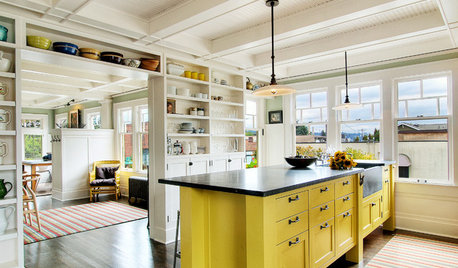
KITCHEN DESIGNHow to Lose Some of Your Upper Kitchen Cabinets
Lovely views, display-worthy objects and dramatic backsplashes are just some of the reasons to consider getting out the sledgehammer
Full Story
TRANSITIONAL HOMESHouzz Tour: Part Traditional, Part Modern and All Family Friendly
With clean lines, vintage touches and durable surfaces everywhere, this Los Angeles home balances tastes and needs beautifully
Full Story
KITCHEN CABINETS9 Ways to Configure Your Cabinets for Comfort
Make your kitchen cabinets a joy to use with these ideas for depth, height and door style — or no door at all
Full Story
REMODELING GUIDES5 Ways to Protect Yourself When Buying a Fixer-Upper
Hidden hazards can derail your dream of scoring a great deal. Before you plunk down any cash, sit down with this
Full Story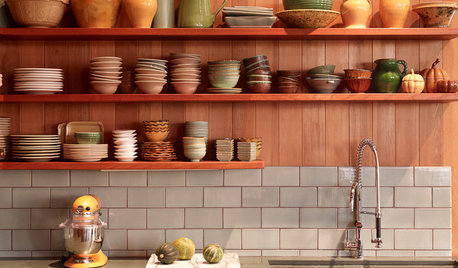
KITCHEN CABINETS9 Ways to Save Money on Kitchen Cabinets
Hold on to more dough without sacrificing style with these cost-saving tips
Full Story
BEFORE AND AFTERSHouzz Tour: New Life for a Historic Georgia Fixer-Upper
Renovation restrictions didn't limit a couple's enthusiasm for this well-sited Decatur home
Full Story
ECLECTIC HOMESMy Houzz: Eclectic Bohemian Style in a 1976 Fixer-Upper
These Southern California homeowners patiently added color, style and function to their outdated home
Full Story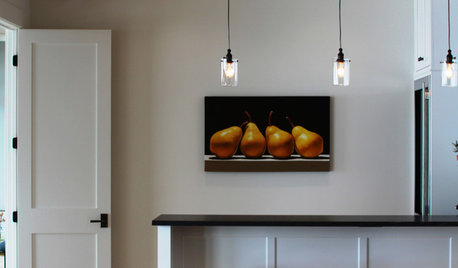
DOORSKnow Your House: Interior Door Parts and Styles
Learn all the possibilities for your doors, and you may never default to the standard six-panel again
Full Story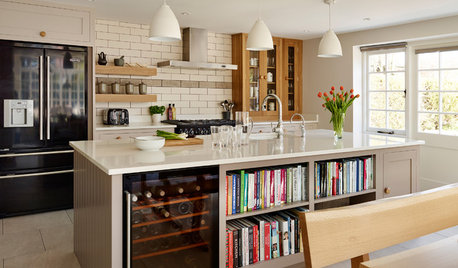
STANDARD MEASUREMENTSKey Measurements for a Wine Cellar, Part 1
Find out the best ways to store your stash and how much space you need for wine refrigerators, racks and other storage
Full Story
HOUSEKEEPINGHow to Remove Water Rings From Wood Tables
You may be surprised by some of these ideas for removing cloudy white water marks from wood surfaces
Full Story






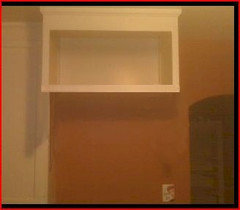


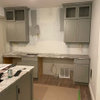
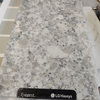
morgne